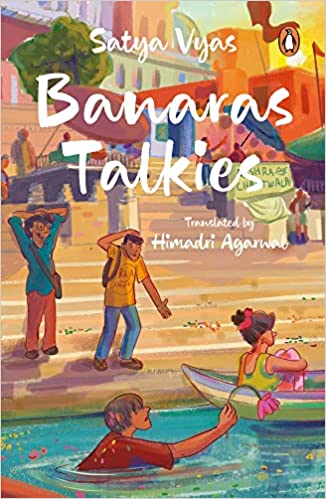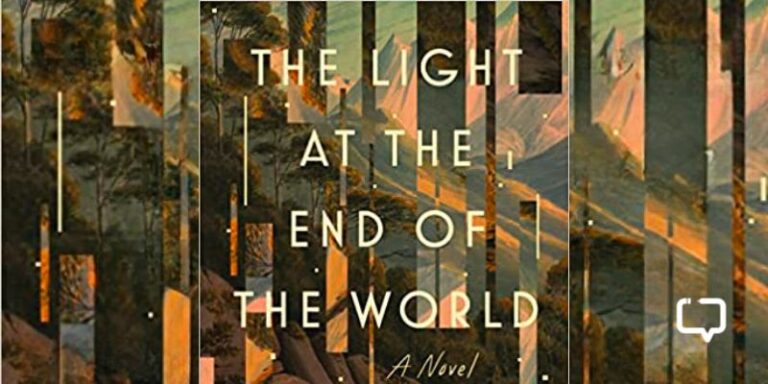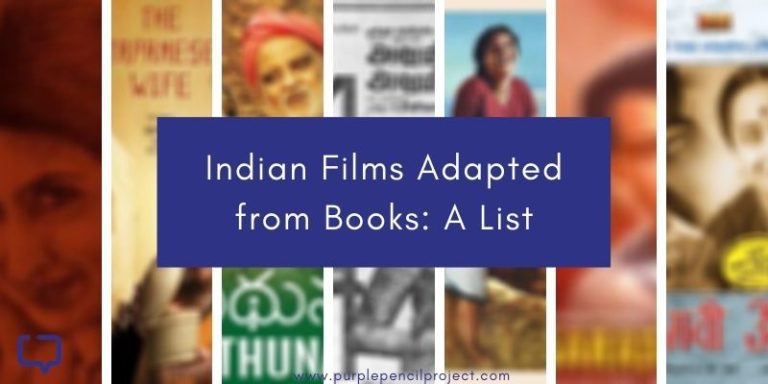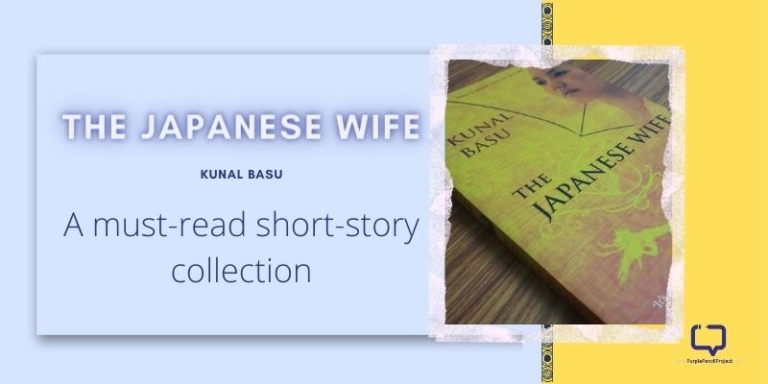The Hindi version of Banaras Talkies, a campus novel based in Banaras Hindu University came out in 2015, based in the author’s alma mater. The book, he says, is ‘as fictional as you think and as factual as you can understand’. Given that it is his first book chances are high that his experiences find a place in the story. This translation has come after seven years, courtesy of the Ashoka Centre for Translation. The translator has invested time on campus observing ‘action’. She found ‘students from Banaras Hindu University even in a swanky private college nearly a thousand miles away from where the novel was set’, reminding us that the college experience is universal, no matter the geography and cultural milieu. A short review.
We encourage you to buy books from a local bookstore. If that is not possible, please use the links on the page and support us. Thank you.
Banaras Talkies is about three young men Jaivardhan, Anurag aka Dada and Suraj. Suraj, also called Baba by his friends, is also the narrator. They come together to study law at the Banaras Hindu University and also happen to stay at the Bhagwandas or B.D. Hostel. Described as the ‘thirty-sixth hostel of BHU’ and ‘Hostel of lawyers’ it is a crucial character in the story. A police raid, bomb blasts, a cricket match, and a romance find space amidst the day-to-day campus life. A lot – mostly fun – happens in the classes and hostel rooms from fake attendances to ragging.
It is a breezy read – as you flip pages you want to know what happens next. The book connects with the reader. The characters are introduced with a flair – in an initial couple of pages – as they come together on campus. They are different from each other – while one character is in love with movies and the other is a die-hard cricket fan. As the story progresses the reader gets the pulse of the campus – especially the humour of campus life. Consistent with the tone of the book the parallels drawn are also neither elitist nor foreign, ‘Like a traveller without a ticket on seeing the TTE’. Attending to landline phones and listening to music on disk man indicate the timeline. Given that the story is located in Banaras it is only apt that the ghats and chai make repeated appearances. And, of course, Assi ghat and Pizzeria are indeed special to many in Banaras, as to the students of the Banaras Hindu University.
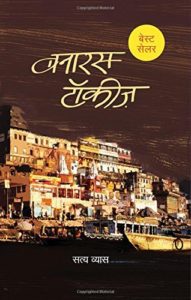

Putting (red) pen to paper
The editing surely could have been crisper. While translation is no doubt a tricky path to travel and terms like ‘ghanta’ and ‘abe’ find multiple mentions, there appears to be a degree of inconsistency in how much of the original Hindi was retained. As I read, I wanted the cricket match to come to an end quicker and wondered why a police raid incident was there in the first place. The book also brought up a couple of questions: Would a map depicting the places mentioned have helped? Did the author leave out the glorious buildings and stunning trees (the pride of the Banaras Hindu University campus) on purpose?
The book neither claims to nor carries the depth of Pankaj Mishra’s The Romantics, also based on campus life in the landscape. With its campus life descriptions and simplicity of language, it surely reminds the reader of Chetan Bhagat’s initial creations. A fun read if you are looking for a bit of hostel nostalgia.







